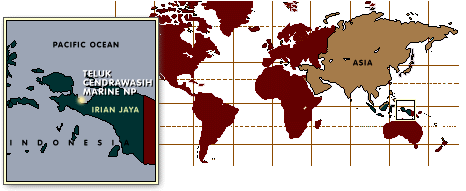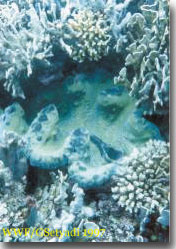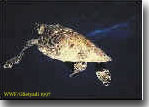| Cendrawasih Bay Marine National Park | ||
| General
Info
Others
|
Location: Southwest quarter of Cendrawasih Bay, Irian Jaya Coordinates: 01°43'-03°22' S and 134°06'-135°10 E Status: National Park Established: September 2, 1993 (Decree of Ministry of Forestry of Republic of Indonesia No. 472/Kpts-II/1993) Size (km2): 1,453.5 IUCN Category: II Features: The park comprises the southwest quarter of Cenderawasih Bay which lies to the east of the isthmus connecting the Vogelkop Peninsula to the mainland. The park falls within the administrative districts of Manokwari and Nabire. Access is by sea from the towns of Manokwari and Nabire, which lie 95 km and 38 km north and east, respectively. Air transport is available from Manokwari, Biak and Nabire. The reserves support a wide spectrum of relatively undisturbed coastal and marine habitats, of which the extensive coral reefs rank amongst the finest in the world. The marine habitats, particularly contain a number of rare and commercially important species, provide the basis for the local fishing industry and have a high potential for visitor use and research.
The steep and incised topography of the western coastal mountains and the Wandamen and Kwatisore peninsulas to the south, reflect their position on the convergence of the Pacific and Australian tectonic plates. Five major reef types are found, of which fringing reefs are the most extensive, bordering most of the mainland coastline and the major continental islands. The island of the Auri archipelago are composed of a steep-sided patch reef. Reef topography varies from gently shelving shallow water to vertical cliffs 40-5-m in depth | Back to top |
Coconut crab (Birgus latro) is the largest living terrestrial arthropod (Helfman, 1979 in Salm et. al., 1982). Carapace reaches to 30 cm. Hothius (1959, 1963) in Salm et. al.(1982) reported that some islands of Wairundi, Nukup and Auri is the habitat of the crab. Islanders of the park called Manggaperba. | Back to top | Over exploitation of marine resources, such as turtles and giant clams by local and itinerant fishermen is a serious problem throughout the park. Particularly badly affected is the Tridacna Reef where the giant clam population has been decimated. Other serious problems are the use of explosives by itinerant fishermen, which have degraded large areas of reef, and loss of vegetation on several of the Auri islands due to the felling of Casuarina for fuel. This has resulted in soil erosion and loss of nesting bird habitat. | Back to top | Further information available on: National Park Authority Tel/Fax. (+62-986) 212437
Marine and Coastal Conservation Science WWF Indonesia-Sahul Bioregion Program 10, Jalan Angkasa Indah II Jayapura 99113 Irian Jaya Indonesia Tel. (+62-967) 542765, 542420 Fax. (0967) 542529 Email: mputrawidjaja@wwfnet.org
Nabire Office 15, Jalan RE Martadinata, Nabire 98817 Irian Jaya Indonesia Tel/Fax. (+62-967) 21289 Email: wwfnabire@jayapura.wasantara.net.id
Manokwari Office Tel/Fax. (+62-986) 212784 Email: wwf-mkw@manokwari.wasantara.net.id | Back to top | |





